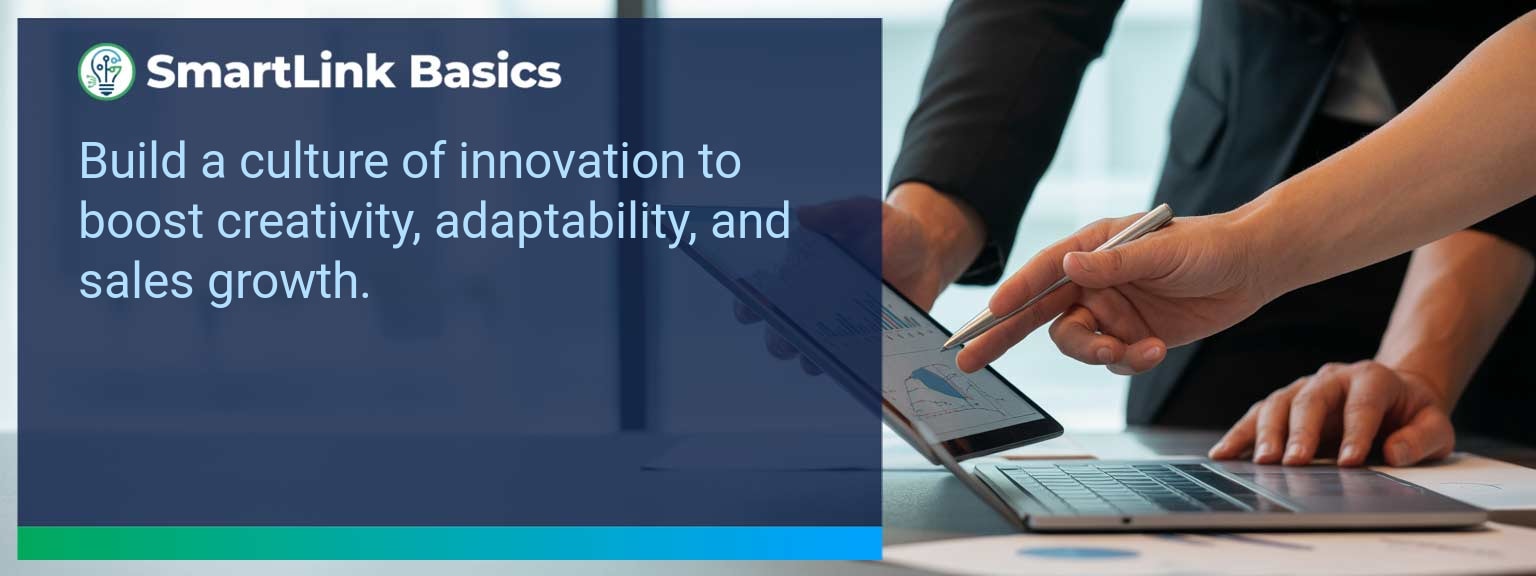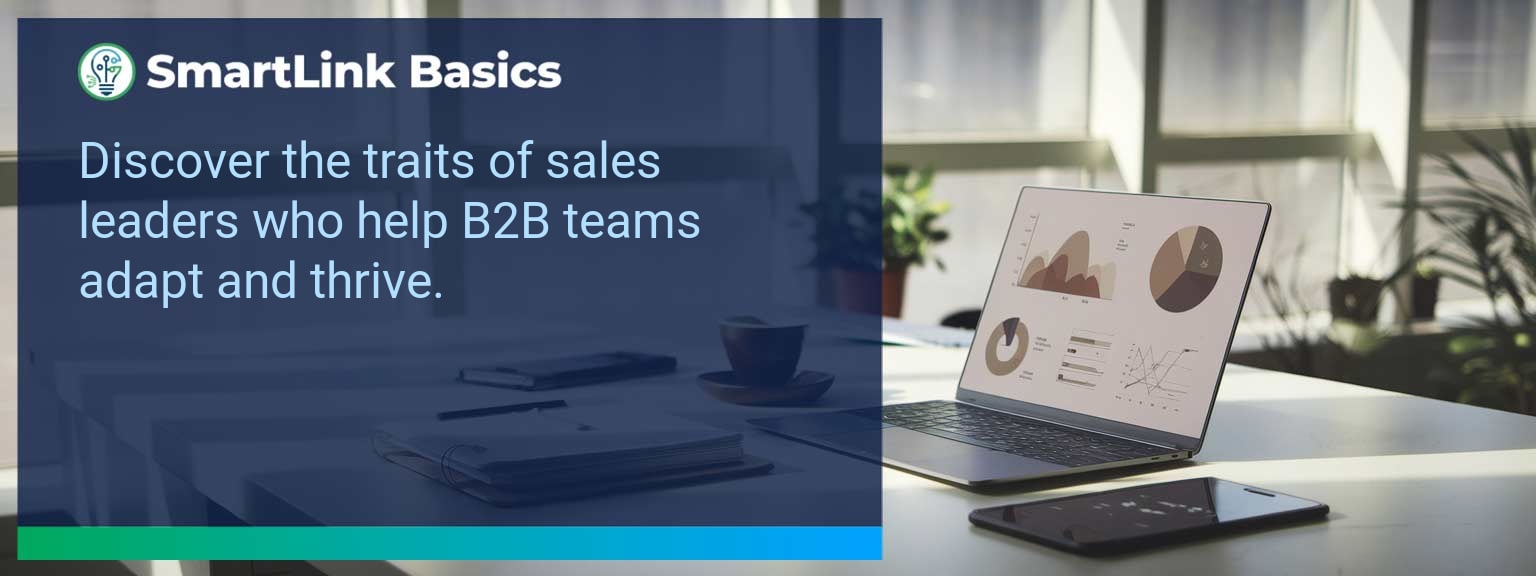Industry data shows that organizations adopting AI-driven automation achieve cost reductions of up to 30% while accelerating sales cycles by 20% or more (McKinsey, 2024). For sales leaders, AI automated workflows now define competitive advantage, enabling teams to reallocate time from repetitive tasks to high-value engagements. At SmartLink Basics, we help decision-makers implement these systems strategically, ensuring they integrate with existing revenue operations. In this article, you’ll see how AI automated workflows power business outcomes, the common obstacles that slow adoption, and practical steps to optimize processes. You’ll walk away with proven examples, a 90-day action blueprint, and measurable KPIs to track results.
- Automate repetitive administrative and CRM updates with AI.
- Integrate machine learning to personalize outreach at scale.
- Streamline approvals, quotes, and contract workflows for speed.
- Use predictive analytics to prioritize sales opportunities.
- Track adoption and performance with targeted metrics.
AI Automated Workflows: What Changed and Why It Matters
AI adoption has shifted from experimental to operational, making automated workflows a standard in high-performing sales organizations. The real advantage lies in combining workflow automation with artificial intelligence workflows to optimize every step of the revenue process. Sales leaders now use AI to synchronize touchpoints, reduce manual inputs, and ensure faster execution. For example, a B2B SaaS leader introduced automated lead enrichment and routing, cutting qualification time by 60%. Actionable insight: Audit processes for time-intensive handoffs and apply AI where repeatability is high.Redesign the Revenue Operating System With AI Automated Workflows
ICP, Segmentation, and Targeting AI-enabled segmentation uses historical wins, firmographic, and behavioral data to dynamically update ICP profiles. This ensures targeting precision without quarterly re-work. Pipeline Architecture Automated workflows push opportunities through the right stages based on engagement signals. AI flags at-risk deals for intervention. Plays and Messaging Integrated automation tools deliver personalized sequences based on buyer activity, increasing relevance at every touchpoint. Operating Cadence AI schedules follow-ups, forecast calls, and account reviews based on actual pipeline movement rather than static calendars. Actionable insight: Implement automation that adapts in real-time to both internal and buyer-driven events.Common Obstacles To Achieving Seamless Automation
The most frequent challenges are fragmented systems, inconsistent data quality, and cultural resistance. Without a unified data layer, automation amplifies errors rather than solving them. Coca-Cola Europacific Partners reported needing a full data governance upgrade before AI could improve sales workflows. Leaders must first assess infrastructure readiness and train teams to trust AI-influenced recommendations. Actionable insight: Before deployment, establish clean data practices and a single source of truth.Implementing AI To Optimize Workflows
Effective deployment of AI process optimization starts with mapping current-state processes, identifying friction points, and matching them with automation tools. For example, automating proposal generation based on CRM opportunity data can reduce turnaround from three days to one hour. Solutions combining business process automation platforms with machine learning integration enable continuous performance improvement. Actionable insight: Pilot in one high-impact stage, measure, and then expand.Tangible Benefits From Automated Processes
The benefits extend beyond time savings — sales leaders gain a scalable system. Tangible outcomes include faster quote-to-close, higher lead conversion, and better forecast accuracy. A manufacturing firm implemented AI-assisted order processing and cut errors by 40%, improving on-time delivery rates. Actionable insight: Track both speed and accuracy to measure workflow automation effectiveness.Metrics That Matter
| Category | Metric | Definition | Target |
|---|---|---|---|
| Leading | Workflow Completion Rate | % of automated sequences executed without manual intervention | 95%+ |
| Leading | AI Suggestion Adoption Rate | % of AI-generated action recommendations executed by reps | 80%+ |
| Lagging | Cycle Time Reduction | Decrease in time from lead entry to closed-won | 20%+ |
| Lagging | Revenue Per Rep | Average sales revenue generated per sales rep per quarter | +15% YoY |
| Quality | Automation Error Rate | % of workflows that trigger incorrect outcomes | <1% |
| Quality | Customer Satisfaction Post-Automation | Average CSAT score after automation implementation | ≥ 4.5/5 |
Innovations And Next Steps For AI Automation
Emerging capabilities like AI-generated playbooks, intent-driven dynamic routing, and integrated AR for virtual product demos are shaping the next wave of sales automation. Companies integrating these tools early will outpace competitors in speed and personalization. Actionable insight: Stay ahead by testing emerging automation features quarterly and aligning them with evolving buyer expectations.Get the 90-day plan, coaching rubric, and dashboard template to operationalize AI in your enablement program.
Turning AI Automation Into a Revenue Multiplier
AI automated workflows are now a strategic lever for predictable, scalable growth. This guide outlined current applications, adoption challenges, a 90-day execution plan, and measurable success criteria. To make automation pay off, sales leaders should integrate tools into one cohesive operating system and review results monthly for continuous improvement. Access more AI-driven sales enablement resources from SmartLink Basics to design a high-performance automation strategy. Sales organizations lose significant efficiency when communication is inconsistent or unclear. According to McKinsey, effective digital collaboration can improve productivity by up to 25% in organizations with connected employees. SmartLink Basics works with growing sales teams to remove friction in information flow, and Microsoft Word collaboration has become a critical enabler in that mission. By the end of this guide, you will understand how to use co-authoring, document sharing in Word, and team collaboration tools to enhance coordination, cut decision time, and maintain accountability across remote and hybrid teams. These strategies align directly with AI-driven sales enablement best practices and can be applied immediately to high-value initiatives.- Centralize content with real-time document sharing in Word
- Use co-authoring in Word for immediate feedback and edits
- Integrate team collaboration tools to streamline workflow
- Maintain version control to prevent data loss and confusion
- Measure engagement and productivity with clear metrics
Common Communication Barriers in Teams
Even high-performing sales teams encounter breakdowns when multiple versions of a document circulate or when updates are shared haphazardly. Misaligned message templates, outdated product sheets, and unclear meeting notes compound these issues. One client experienced delays in closing deals because updated pricing grids were sent in separate email threads, leading to conflicting information across the team. This misalignment cost them two key accounts in a quarter. The actionable step: create a single source of truth for every document and enforce its active use across your team.Leveraging Microsoft Word Collaboration for Seamless Communication
Microsoft Word collaboration offers co-authoring features that allow multiple team members to edit documents in real-time without overwriting each other’s work. The integrated commenting and change-tracking functions ensure revisions are transparent and easy to approve. When integrated with cloud-based team collaboration tools such as Microsoft Teams or SharePoint, sales teams can align content workflows with account plans, ensuring all stakeholders access the latest materials instantly. In practice, embedding a shared proposal template in Word, linked to a client-specific Teams channel, has reduced approval cycles from three days to under 24 hours for one B2B software company. Your implementation focus should be pairing the co-authoring feature with strict version control policies to guarantee accuracy.Measurable Improvements in Team Productivity
Tracking productivity gains from Microsoft Word collaboration is critical for sustaining adoption. Metrics should cover both speed and quality of communication. For example, a global sales team reduced proposal edit rounds by 40% after standardizing on a live Word document rather than sending PDF drafts back and forth. This directly reduced sales cycle length. The immediate step: set clear KPIs that link collaboration habits to revenue-impacting outcomes, and track them monthly.| Category | Metric | Definition | Target |
|---|---|---|---|
| Leading | Live Collaboration Rate | % of shared documents edited concurrently by 2+ users | 75%+ |
| Leading | Comment Resolution Time | Average hours to resolve comments on shared files | <24hrs |
| Lagging | Sales Cycle Duration | Time from initial proposal to signed contract | -15% vs. baseline |
| Lagging | Proposal Revision Count | Number of document versions exchanged before approval | ≤ 3 |
| Quality | Content Accuracy Score | % of documents error-free upon first review | 98%+ |
| Quality | User Satisfaction Rating | Average survey score from team members on collaboration tools | ≥ 4.5/5 |
Evolving Collaboration Practices with New Tools
AI-powered features are starting to extend Microsoft Word collaboration capabilities. Intelligent summaries, auto-suggested edits, and integrated task assignments are reducing manual admin work. As these tools mature, they can integrate with pipeline management systems, ensuring content updates link directly to deal stages and forecasts. Reference the expert insights from SmartLink Basics to plan your adoption curve. The sooner advanced features are integrated, the faster your team benefits from reduced administrative overhead. <Get the 90-day plan, coaching rubric, and dashboard template to operationalize AI in your enablement program.









